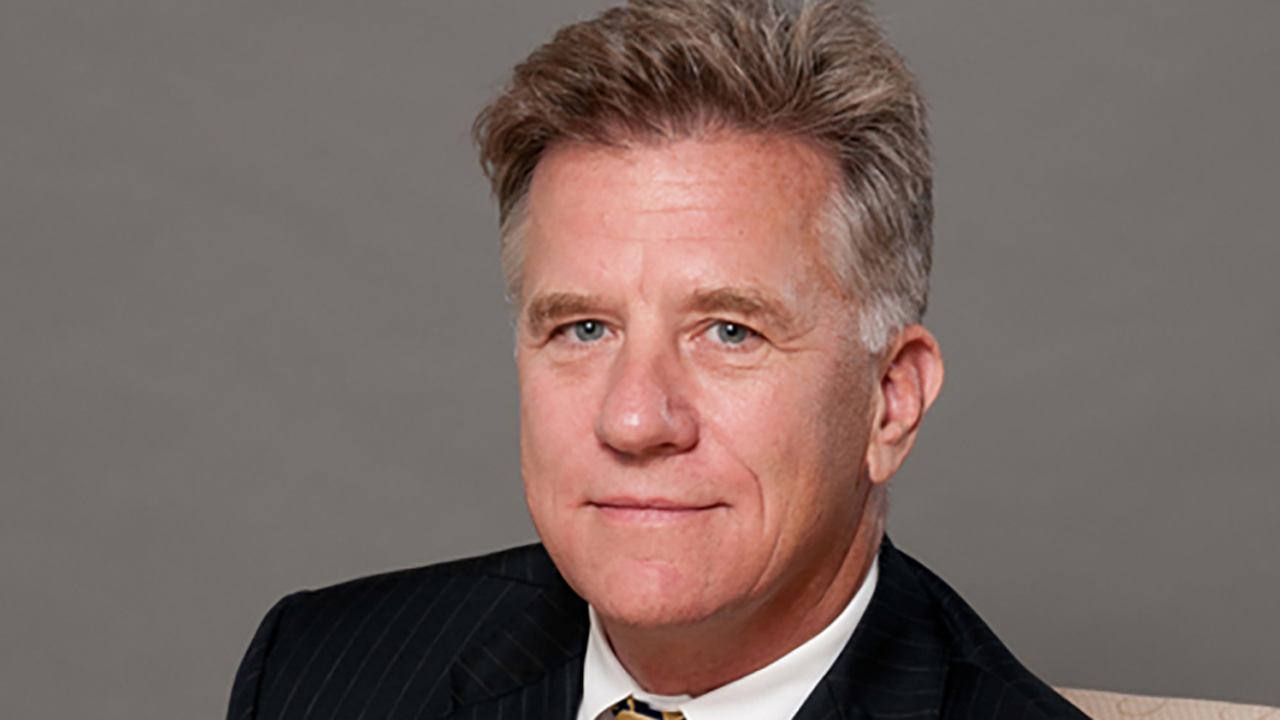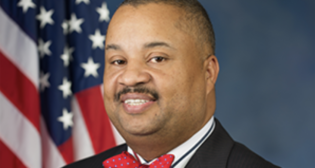
CEO PERSPECTIVE: Build Trust to Grow Market Share
Written by Peter Gilbertson, Chairman, Anacostia Rail Holdings
Peter Gilbertson, Chairman, Anacostia Rail Holdings
As part of a special series in Railway Age’s April 2023 issue, 13 chief executives of leading North American companies answer the single-most critical question: What is the biggest challenge facing the North American rail industry? Peter Gilbertson of Anacostia Rail Holdings is the final company leader to share his perspective.
“Houston, we have a problem.” That infamous radio message—sent 200,000 miles from Earth—alerted the world to a cascade of failures on the Apollo 13 moon mission. The response by respected NASA flight director Gene Kranz to his control team immediately set their direction at a critical moment: “Tell me what we have that’s good.” Though the rail industry is not Apollo 13, we do have a problem. Stakeholders are recoiling from their own cascade of negative perceptions and experiences with railroads.
As a result, the Surface Transportation Board (STB) held hearings where angry shippers vented about bad service, rate increases and embargos. Congress felt it necessary to solve a labor impasse—a very public way to advertise bad labor relations and lack of trust. Recent Senate hearings on rail safety united two unlikely allies—U.S. Senators J.D. Vance and Bernie Sanders —talking about corporate greed. Now there is a bi-partisan group of senators proposing a law that could create many unintended and negative consequences.
Most troubling, perhaps, is that the U.S. railroad freight industry has steadily lost market share for more than a decade.
According to Rick Paterson, Managing Director-Equity Division, Loop Capital Markets, had the railroads simply kept pace with rising U.S. industrial production since 2004, volumes would be at least 15% higher than they are today. Worse, if they matched real GDP, volumes would be 42% higher, and if they matched ATA truck tonnage growth, 56% above what the industry handles today.
So, as Gene Kranz asked, what is good?
There are many things, starting with dedicated front-line workers and managers who worked honorably and heroically to keep the wheels moving through COVID. These workers were rightly called “essential.”
In addition, we have a record of improved safety performance over the past 20 years that is truly remarkable. There is more to be done, and new technology promises benefits for employees, shippers and communities.
Railroads have built a physical plant that is arguably in the best shape ever, with capacity for growth. That growth can be quickly realized because there are plenty of freight cars and locomotives parked for a lack of business.
New and innovative operating models can tap short haul markets that currently default automatically to truck.
There is a growing recognition of the profound capability railroads offer to realize climate goals. Shippers—under pressure to reduce Scope 3 emissions from external activities and assets that are nevertheless part of their supply chain—see freight railroads as a significant solution that’s in plain sight. These fundamental environmental advantages are being enhanced by the railroads’ real-world battery and fuel cell technology tests.
Finally, short line and regional railroads have continued to inject needed entrepreneurship into the industry, while enhancing critical relationships with customers. This segment of the industry has continued to grow volume by offering services that customers value.
All of this is what we have that’s good. What will it take to use these strengths to transform our industry into one that can grow market share?
The answer: Build trust and credibility by performing in ways that substantially exceed the pre-COVID “normal.” To do more than manage decline, we must:
- Recognize that many relationships need repair, including with employees, customers, short lines and other business partners, as well as with federal, state and local governments and regulators.
- Invest in the human resources necessary to make change happen.
- Provide customers with tools that enable real-time shipment visibility.
- Educate Wall Street on the primacy of growth—rather than operating ratios—by having the courage to implement aggressive growth strategies.
- Cultivate short line business partners to develop growth.
- Improve the work/life balance for our employees—something that is long overdue.
- Adopt technologies that will enhance safety and efficiency, working with regulators when necessary. Don’t leave all the innovation and R&D to the supply industry.
- Leverage environmental benefits for share growth and public policy support.
The safe return to earth of a wounded spacecraft’s crew more than 50 years ago has relevance to our industry today. Let’s take the hard lessons learned, “find the good,” and create real benefits for customers, investors, employees, communities, U.S. competitiveness and the environment. That’s how we’ll grow our modal share and build trust.
Read more of Railway Age’s special CEO Perspectives series:
Jack Hellmann, Genesee & Wyoming
Patty Long, Railway Supply Institute
Ian Jefferies, Association of American Railroads



